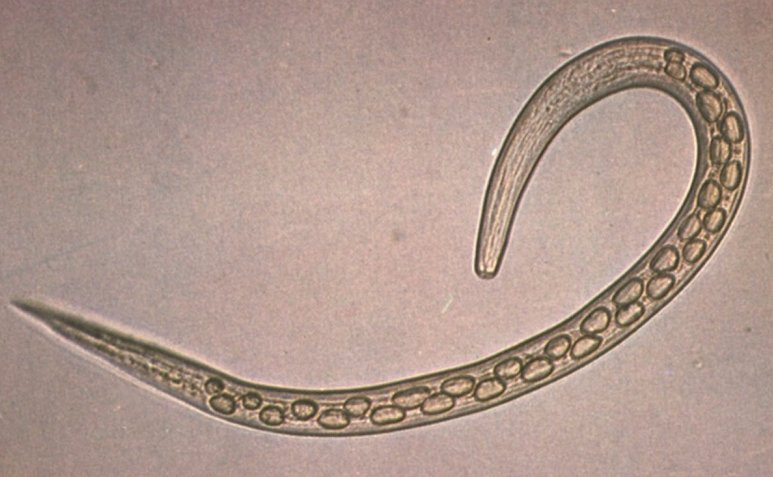LAWRENCE MCMURTRY
We often get asked why we recommend not refrigerating (or even chilling) faeces requiring a culture for third-stage nematode larvae or when looking for stage-one lungworm larvae.
Cold storage of faeces can affect the development and composition of parasites in larval cultures and extraction of lungworm.
Third-stage larval cultures
Ovine nematode species are affected to varying degrees after refrigeration at 4°C. The time spent chilled also impacts the subsequent larval culture results (McKenna, 1998).
McKenna reports that ovine Ostertagia (Telodorsagia) and Trichostrongylus species are the least affected after 24 hours refrigeration but after three days refrigeration, Oesophagostomum and Chabertia rapidly decline in development.
Cooperia and Haemonchus are the most affected. Refrigeration for 24 hours can reduce egg viability of these species by approximately 30% and 25% respectively; and after seven days at 4°C, only 10% of Haemonchus eggs were found to be viable (McKenna, 1998).
Samples refrigerated overnight and then sent on ice to the laboratory will result in inaccurate assessments of larval culture composition.

Egg and larval development
Most Nematode eggs do not begin developing until the ground temperature rises above 10°C. An exception is Telodorsagia which can start slowly developing from 4°C (Vlassoff and Charleston, 1982). Conversely, ground temperatures greater than 30°C together with dry conditions can desiccate first-stage nematode larvae. A small proportion may resume development once they receive moisture from rainfall. Under field conditions, the rate of development to third-stage larvae can take two to three weeks or longer.
Once nematodes have developed to third-stage larvae they are however a lot more resistant to cold and desiccation. This is because they retain their protective sheath and are in a hypobiotic state: non-feeding, have stored energy cells, and are waiting to be ingested by a potential host.
Nematodirus is an exception. These nematodes store all of the energy for development in the egg, so develop and hatch as third-stage infective larvae.
In ideal laboratory conditions – a good balance of moisture but not too wet, enough oxygen by mixing with vermiculite to help aeration and a temperature between 24-28°C – up to approximately 90% of larvae can be recovered. Under these conditions eggs can hatch (most within 24-37 hours) and develop to third-stage larvae in 5-7 days.
Nematodirus are again an exception, as they take longer to hatch. For example, N. spathiger takes 10-15 days and N.filicollis can take 54 days. Since the large eggs of this genera are so easily recognisable, there is little reason for larval culture.
Lungworm larvae
The first-stage lungworm larvae rely on the warmth of the faeces to migrate and feed. The second- and third-stages do not feed but remain in the first-stage cuticle. The laboratory extraction process relies on active larvae, that have feed and the energy to pass out of the faeces and through a tissue. Therefore, being placed in a cold environment would prevent feeding and development of these larvae.
Recommendations
If you are requiring larval cultures or lungworm testing and there is a delay in transporting faecal samples to the laboratory (especially in summer), we recommend you split the samples. Place a portion of the sample for faecal egg count in the fridge (to prevent the eggs hatching) and leave a portion at room temperature for larval culture/lungworm. Alternatively a wine fridge running at 10-15°C would both slow down egg development without inhibiting future development of third-stage larvae.
References
McKenna, PB., The effect of previous cold storage on the subsequent recovery of infective third-stage nematode larvae from sheep faeces. Veterinary Parasitology 80:167-172, 1998.
Vlassoff A, and Charleston WAG. In Control of Internal Parasites in Sheep. (ed. Ross, AD.) Animal Industries Workshop, Lincoln College, New Zealand, 1982.
